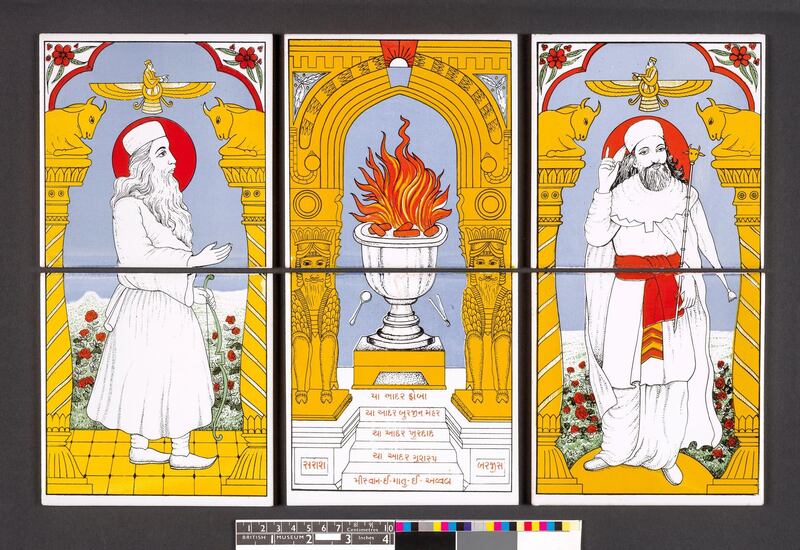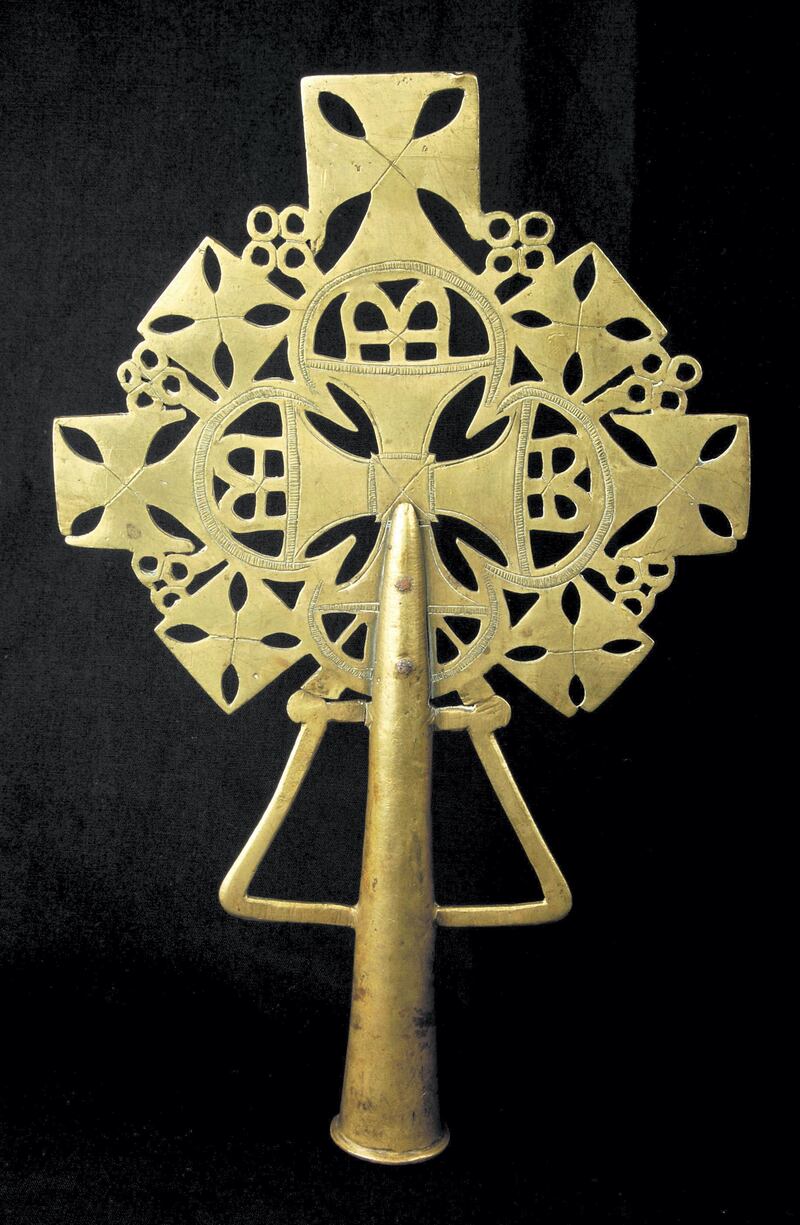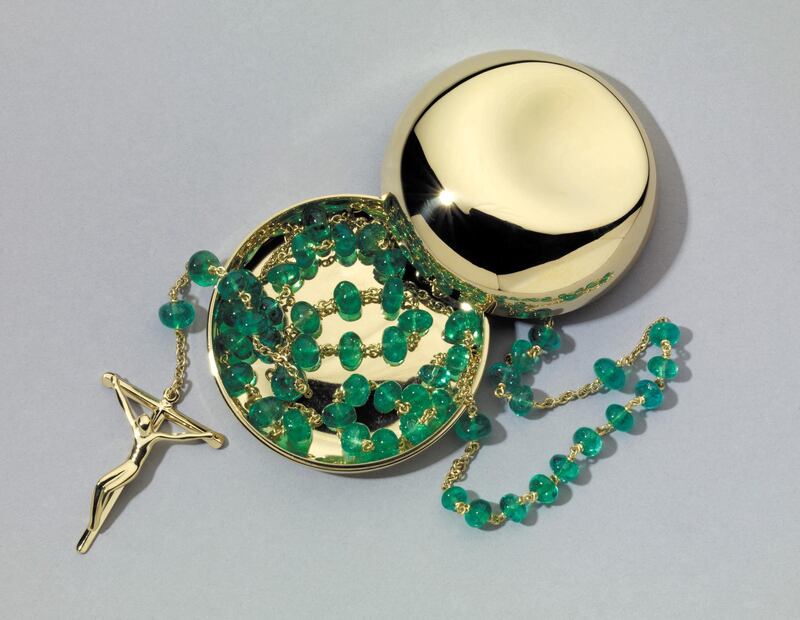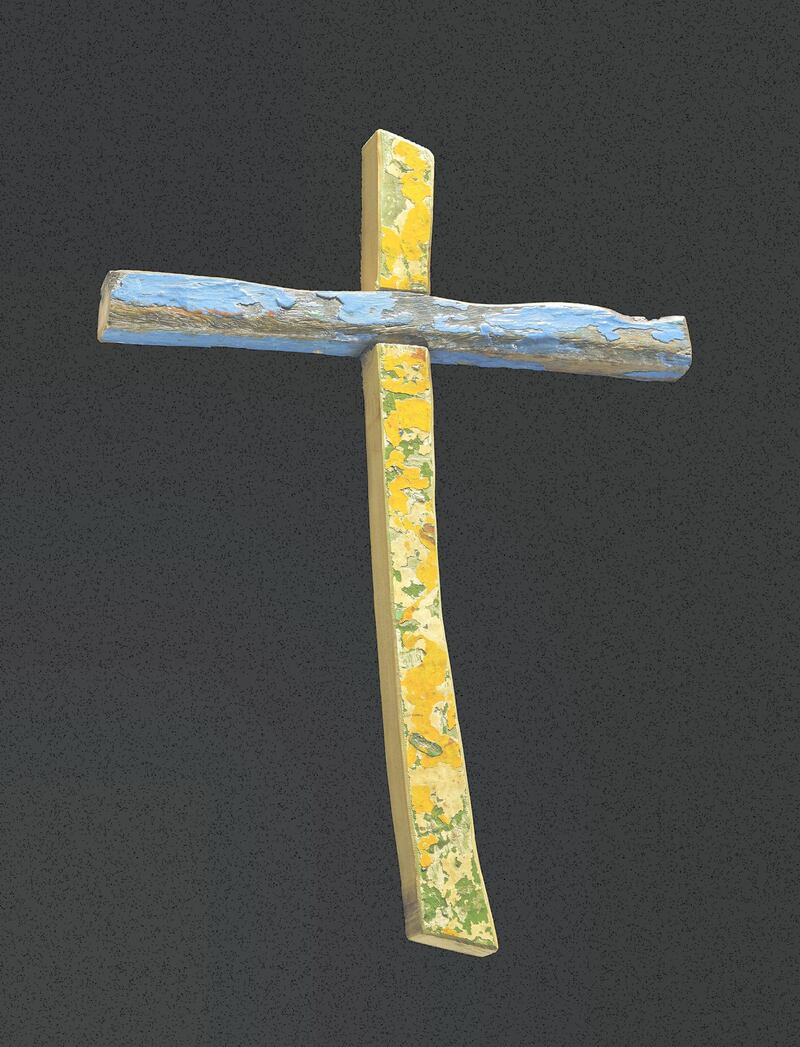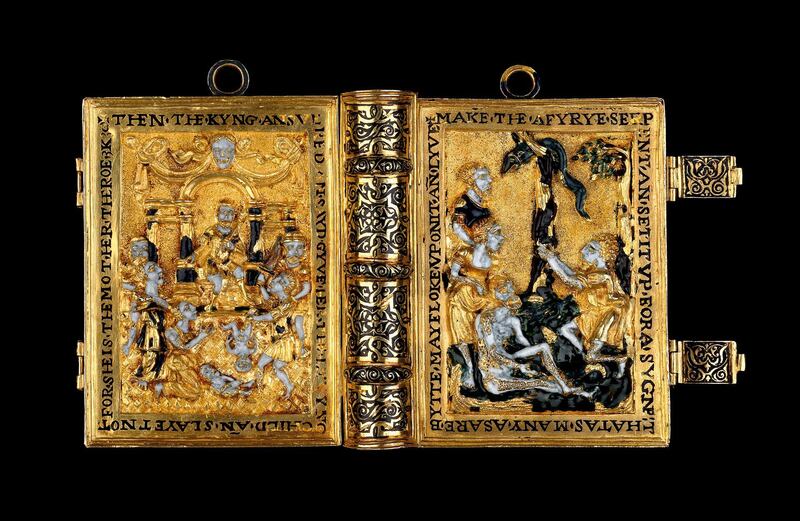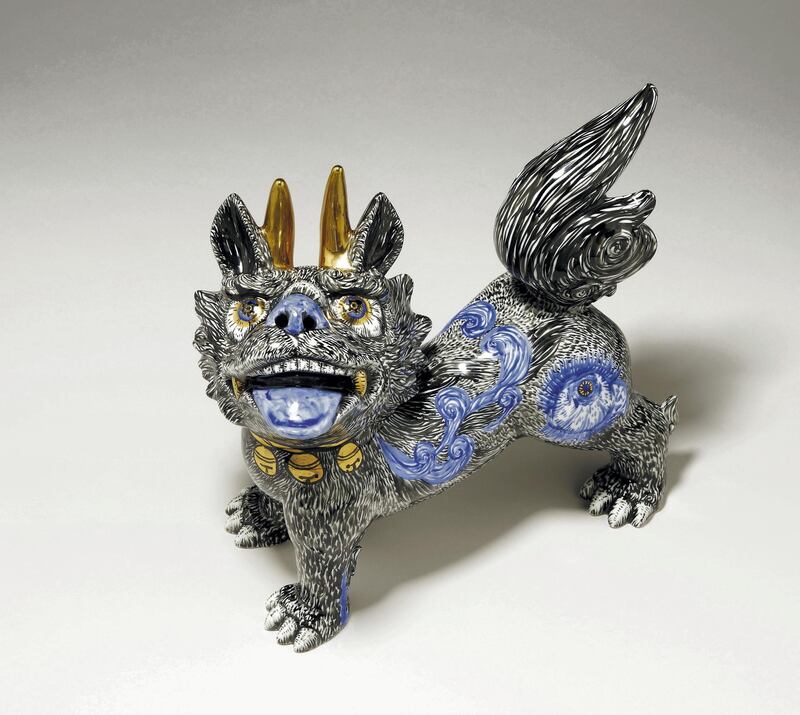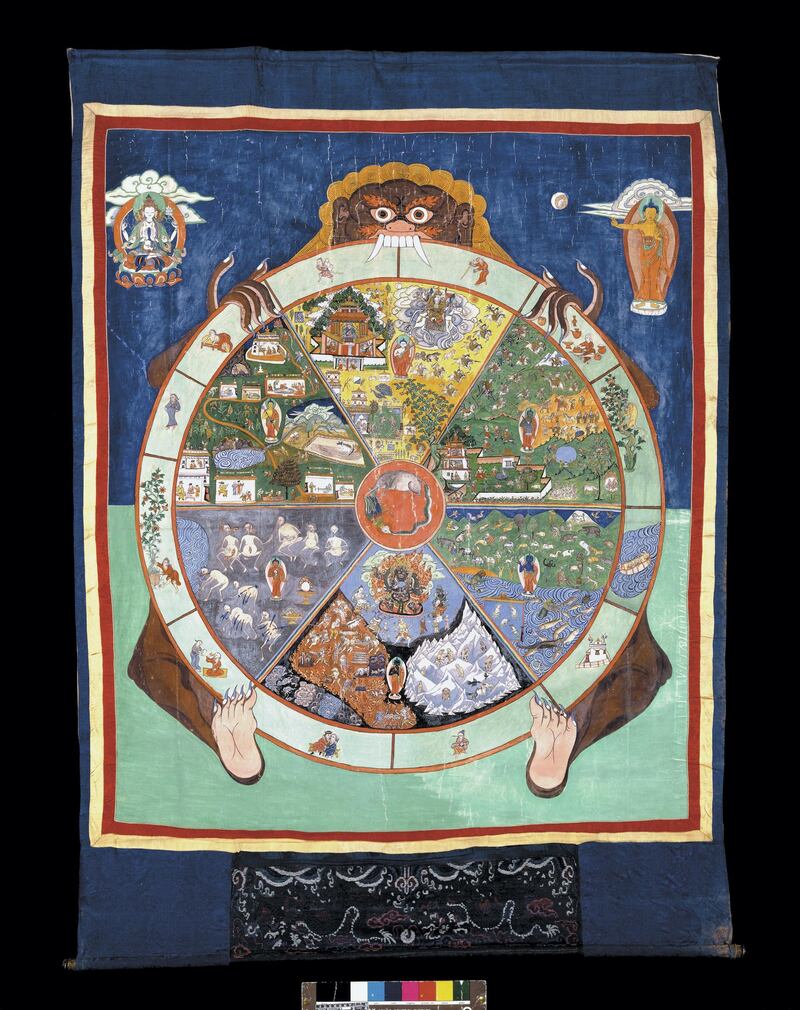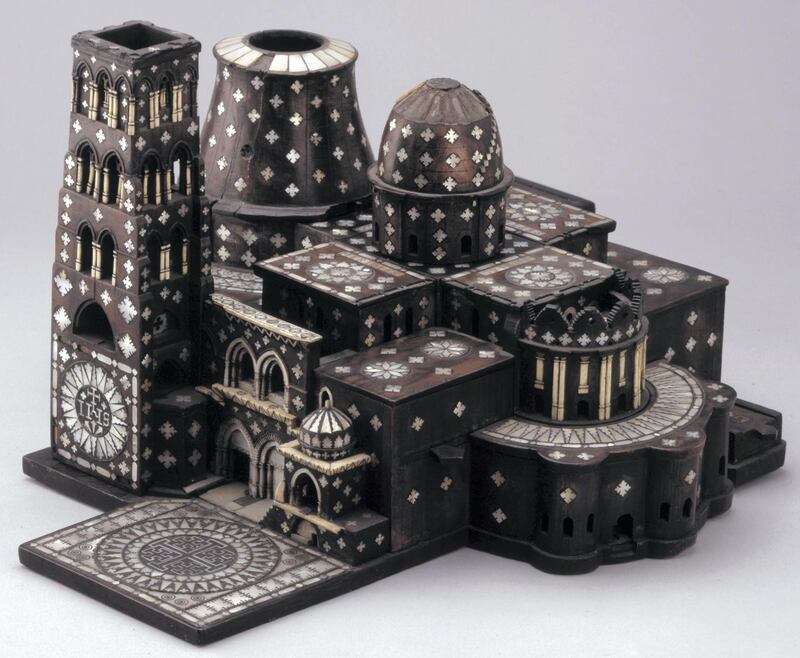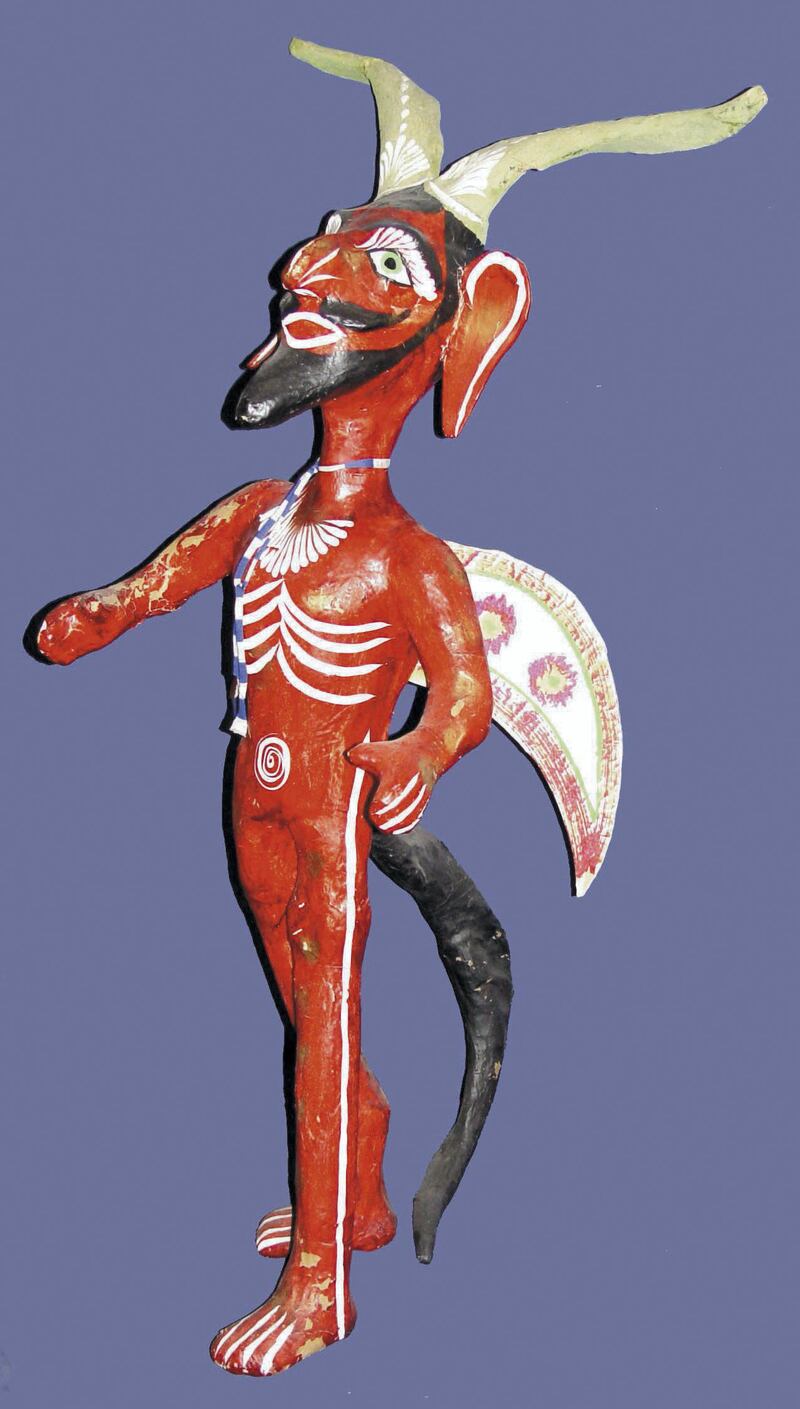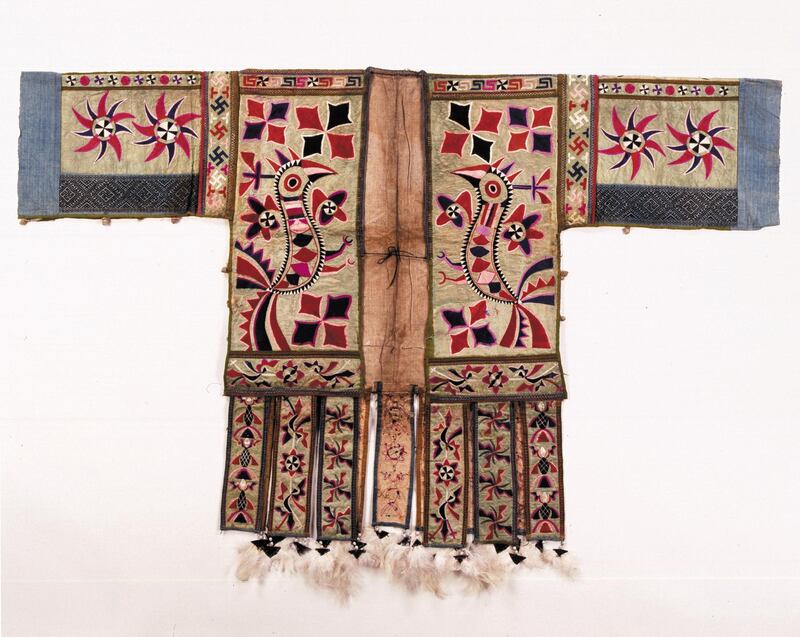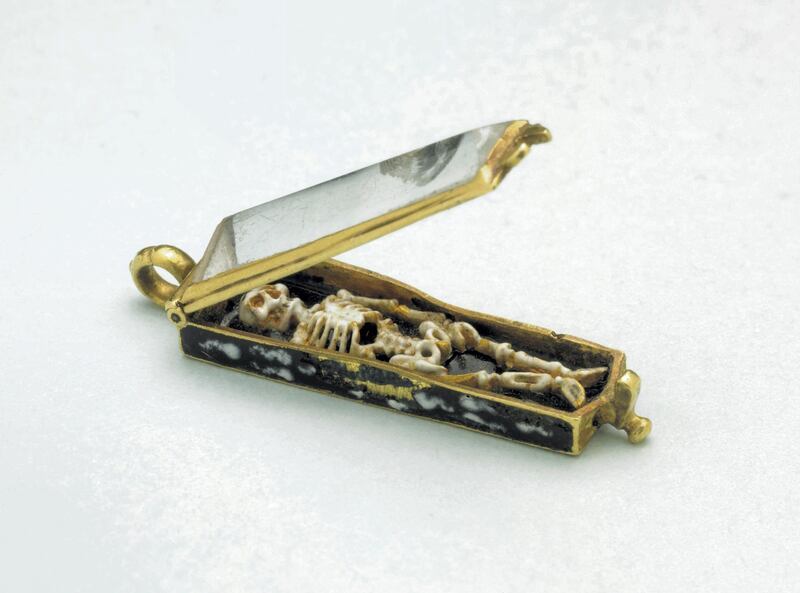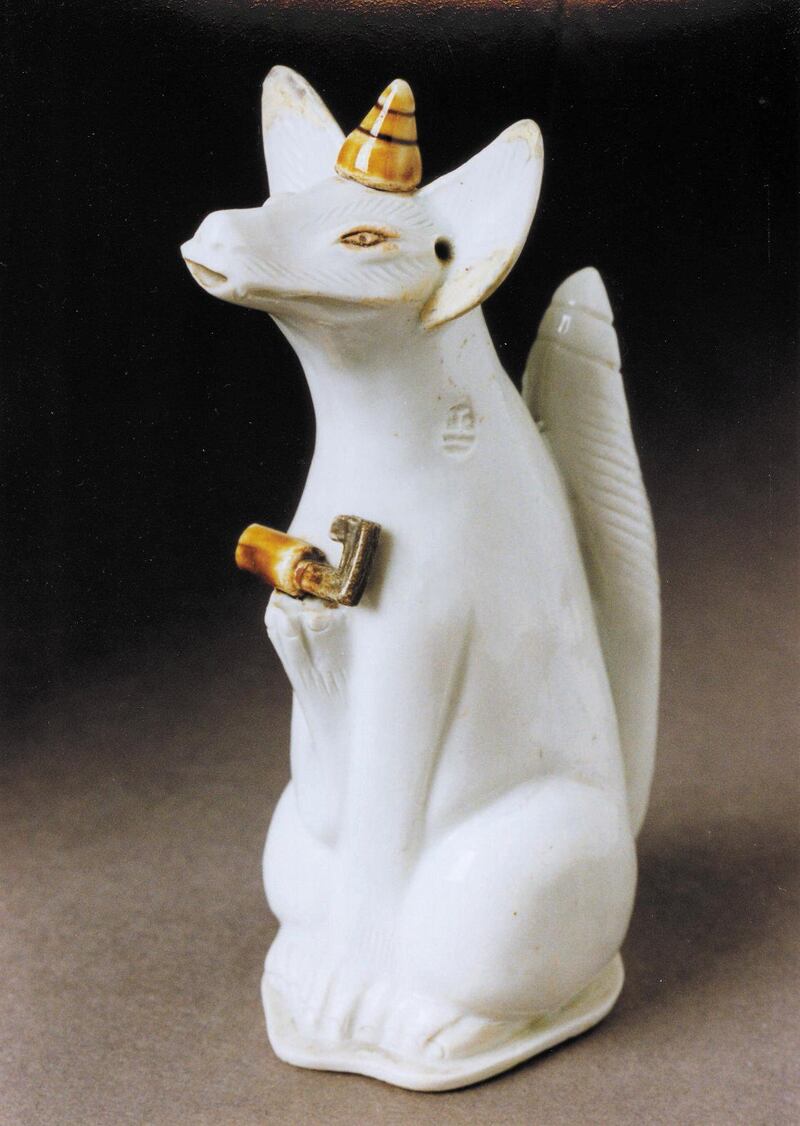It is easy to see why the British Museum must have thought it was on to yet another blockbuster winner with its Living with Gods exhibition.
In some respects, the idea is a re-tread of its highly successful A History of the World in 100 Objects formula – this is the fourth such collaborative project between the British Museum, the BBC and Penguin Books. Once again, the man at the helm is the respected Neil MacGregor, former director of the museum.
As with the previous three-way concepts, this one must have seemed certain to sell many tickets for the museum (at £15 [Dh74] a time for adults), generate lots of radio time for the BBC (the latest 30-part series, which ended on December 1, adds up to 450 minutes of airtime) and sell large numbers of handsomely produced books (available in March at £30 (Dh148) a copy).
It is too early to say how many people listened to the radio programmes or what book sales will look like. But although the exhibition opened only last month, ticket sales are sluggish – there isn't a sold-out day between now and the end of the exhibition on April 8.
One clue as to what might have gone wrong can be found in the suggestion writ large on one wall that perhaps "our species should be known as Homo religious rather than Homo sapiens".
MacGregor expanded on this in an interview with the BBC. Are humans, he asked, distinguished “not just by a capacity to think, but by our need to believe in a context where the search is not so much for ‘my’ place in the world, but our place in the cosmos, where believing is almost synonymous with belonging?” This perspective manages to achieve the impressive feat of being potentially alienating to believers and non-believers alike. There are other troubling fault lines.
Take the title of the exhibition, which at the very least betrays a certain amount of sloppiness in the collaboration between the BBC and the British Museum.
The former bills it as Living with the Gods, but the museum has it as Living with Gods. Entire post-doctorate dissertations could be written about the semantic, philosophical and theological implications of the presence, or absence, of the definite article.
Less clear are the theological motives, if any, of the people behind the exhibition. No one doubts MacGregor's sincerity as an academic, but not for nothing is he known in Britain's heritage community as "Saint" MacGregor – he is a practising Christian. And then there is John Studzinski, the investment banker whose Genesis Foundation is sponsoring the exhibition: he is a devout Roman Catholic who, according to a 2008 profile in The Daily Telegraph, "disproves the cliché that God and Mammon do not go together".
At first glance, so what? No one could say the show, or the objects it selects from across times and cultures, proselytises on behalf of any religion – but perhaps that in itself is a problem. For the non-believer, the show can be seen as a fascinating, if somewhat randomly selected, collection of interesting curios. But the truly devout of any faith might find take offence at the ultra-ecumenical effort to place all faiths on a par, thus rendering none as significant.
This is, perhaps, further evidence, should any be needed, that Christianity as practised in the West today, particularly in Britain, has become watered down by its desperate need to be seen as all-inclusive.
This debate was thrust into the public domain in 2008 amid reports, eventually denied, that on ascension to the throne, Prince Charles intended to alter his title as Supreme Governor of the Church of England from "Defender of the faith" to "Defender of faiths".
Another flaw at the heart of this exhibition and the radio series that accompanies it is the one that also occasionally undermines the practice of archaeology – the tendency to see patterns, and to leap to grand conclusions, on the basis of the thinnest shred of evidence. The striking Ice Age object that opens the exhibition, and which justifies the “40,000 years of peoples, objects and beliefs” subtitle, is undoubtedly as old as suggested.
The problem is that its suggested association with religion is entirely speculative.
The Lion Man, a 30-centimetre-high figure of what appears to be a man with a lion’s head, carved from a mammoth tusk, was found in pieces in a cave in southern Germany in 1939 and later reassembled. The figure could have any kind of meaning, or none, but MacGregor and the British Museum have chosen to invest it with religious import.
“The more closely you look at the Lion Man,” insists MacGregor, “the more it’s clear that this is not just the result of an idle hour or two of whimsical whittling.” Indeed, says Jill Cook, the British Museum’s expert in Ice Age art, “this is technically very difficult, artistically brilliant and with this extraordinary sense of power and spirit to it – absolutely a masterpiece”.
One study has suggested that this "masterpiece" would have taken 400 hours to produce. On this basis alone, MacGregor insists the Lion Man "raises a very important question. Why would a community living on the edge of subsistence whose primary concerns were finding food, keeping that fire going, protecting children from predators, allow someone to spend someone to spend so much time away from those tasks?"
Perhaps because 40,000 years ago people had a lot of hours of darkness to kill around that fire, when it would have been unsafe to leave the cave – and what else were they going to do? And why attribute religious significance to it? Perhaps it was merely a toy, made for a child and whittled by firelight in the endless hours of Ice Age downtime.
MacGregor has spoken about humankind’s need to seek out patterns, in “the smallest fragment right up to life on the largest scale… that can be turned perhaps into a coherent understanding, into a narrative of our place in the universe” and declared that “the search for a grand narrative is what this series is about”.
But by placing the Lion Man front and centre in a major exhibition about religion, it is MacGregor who appears to be groping for patterns and meaning.
“We are,” says MacGregor in the last of the 30 radio episodes, “each part of a narrative much bigger than ourselves, members of a community and of a continuity in which there is a shared companionship of purpose [and] all the traditions we have looked at affirm that the life of the individual can be properly lived only in a community and all of them offer ways of making that belief a reality.”
Jean-Paul Sartre, he concludes, “famously observed that hell is other people, but all the narratives and practices that we have looked at argue precisely the contrary, that living properly with other people, living with each other, is the nearest that we can get to heaven”.
Perhaps. But the reality is that there is not a single community of faith on Earth, and MacGregor’s simplistic summing-up fails to take account of the life – and death – experiences of the numberless millions over the millennia who have lost their lives, the victims of conflicts borne out of false interpretations of theology.
For so many, of so many different faiths, peace remains far beyond reach.
Living with Gods – People, Places and Worlds Beyond, is at the British Museum in London until April 8
_________________
Read more:
[ Louvre Abu Dhabi: UAE has acquired Da Vinci's Salvator Mundi ]
[ Da Vinci's Salvator Mundi is a game changer like no other ]
[ World's most expensive painting to be displayed at Louvre Abu Dhabi ]
______________
